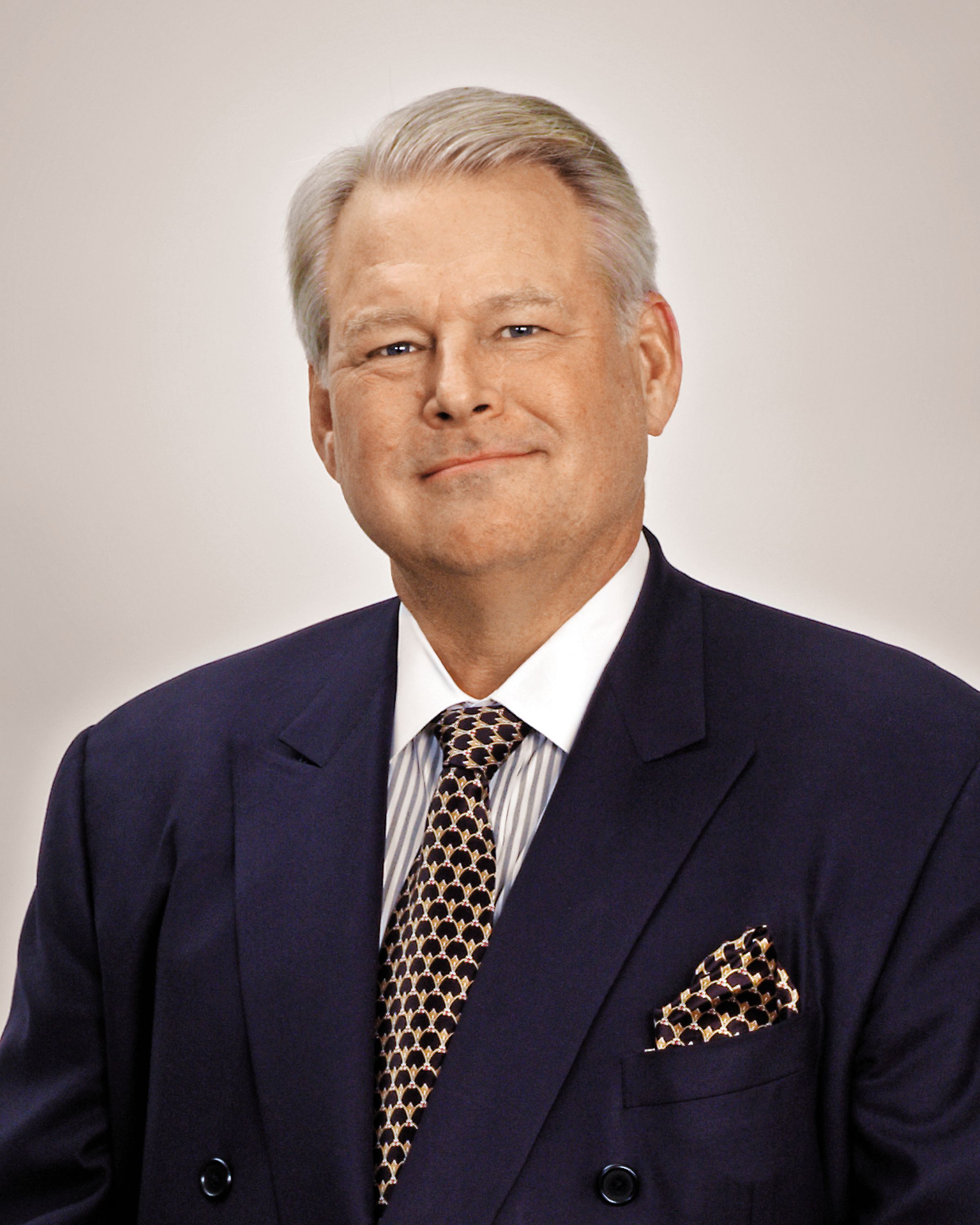Article
Mobile program affords low-risk entry into laser cataract surgery
A mobile laser program eliminates the financial barrier to becoming involved in laser cataract surgery and provides support that enables success.
TAKE HOME:
A mobile laser program eliminates the financial barrier to becoming involved in laser cataract surgery and provides support that enables success.

Dr. Lindstrom
Richard L. Lindstrom, MD, talks about the benefits of working with a mobile laser service provider. (Video courtey of Sightpath Medical)
By Cheryl Guttman Krader; Reviewed by Richard L. Lindstrom, MD
Minneapolis-Shared access can offer a solution when cost is the obstacle to becoming involved in femtosecond laser-assisted cataract surgery (laser cataract surgery). Of the various shared-access models available, the one that may be most ideal for the majority of surgeons is contracting with a mobile laser company, according to Richard L. Lindstrom, MD.
Discussing the mobile cataract femtosecond laser program (known as “MoFe,” available through Sightpath Medical), Dr. Lindstrom explained that not only does it eliminate the cost barrier to entering laser cataract surgery, but it also comes with many other benefits that make it an attractive initial and ongoing option for practices regardless of their financial circumstances.
“It is the rare individual cataract surgeon or even group of surgeons who can afford to own a femtosecond laser,” said Dr. Lindstrom, founder and attending surgeon, Minnesota Eye Consultants, and adjunct professor emeritus, Department of Ophthalmology, University of Minnesota, Minneapolis. “Mobile access levels the playing field and gives all surgeons the opportunity to get involved quickly.
“However, even in the case of surgeons who have the financial resources, there is some wisdom in accessing a femtosecond laser for a trial period to make sure this procedure fits their practice patterns and that they have the case volume to be profitable with their own laser,” he said. “Furthermore, the mobile access model eliminates costs for maintenance and upgrades that accompany laser acquisition and also provides insulation from future technology changes.”
The mobile ophthalmic equipment industry is nothing new to the company, which first mobilized phaco machines in 1991, expanded to excimer lasers in 1997, added femtosecond lasers for corneal surgery in 2007, and partnered with Alcon Laboratories in 2010 to initiate its MoFe program with the LenSx laser. As of the end of June 2014, the provider was mobilizing 21 LenSx lasers and was planning to add five more units during August and September.
“By the end of the summer, the [service’s] cataract surgery femtosecond laser program will be available to just about any surgeon in the continental United States,” Dr. Lindstrom said. He added that both his private practice and the Phillips Eye Institute, Minneapolis, a specialty eye hospital with more than 170 ophthalmologists on staff, use lasers from the provider for both corneal refractive and cataract surgery.
Getting started
Surgeons who are interested in the program need to have at least six cases scheduled and a facility that can physically accommodate the laser.
“For most surgeons who are doing a reasonable amount of premium IOL cases, the six-case minimum is a relatively low barrier if they want to plan on batching their cases to have the laser brought in on a once-monthly basis,” Dr. Lindstrom said.
“Cost to the surgeon varies depending on volume, but with the shared-access laser, surgeons can potentially be profitable from day 1,” he said. “In contrast, surgeons acquiring their own laser would need to perform at least 600 cases per year to make a minimum profit and ideally should have an annual volume of 800 to 1,000 cases per year.”
Comprehensive support
In addition to providing the laser, ancillary instruments, and supplies for the procedure, the company coordinates the initial training for the surgeon. In addition, it provides marketing and implementation services as well as operational and clinical support at each session through the assistance of a manufacturer-certified laser engineer and a certified ophthalmic surgical technician.
“There is a lot to be said for knowing you are always working with a well-calibrated laser and that there are personnel onsite to provide help as needed,” Dr. Lindstrom said.
Among the benefit of the marketing and implementation services, “many of the surgeons who are adopting the femtosecond laser for cataract surgery are not refractive surgeons,” Joel Gaslin, vice president, sales and marketing, Sightpath Medical, Bloomington, MN. “Therefore, they have less experience buying capital equipment of this magnitude and marketing their services. Furthermore, solo practitioners and those in small practices may not have the staff to help with implementation.”
In addition, the comprehensive mobile femtosecond laser program not only provides clinical training to help surgeons get started with the surgery, but it also provides staff training and support to help surgeons deal with all of the different steps necessary to help make the femtosecond laser procedure a successful addition to their practice.
For surgeons who think they are ready to move away from the mobile delivery program, the company also offers the option of transitioning to a fixed-site laser and will assist with training of practice personnel. However, Dr. Lindstrom said that because of the program’s many benefits, both his private practice and the Phillips Eye Institute have remained in the mobile access laser program for both refractive corneal and cataract surgery despite their large case volumes.
“At Minnesota Eye Consultants we have 8 surgeons performing 7,000 cataract procedures and 3,500 LASIK cases each year, and yet we felt it was in our best interest to continue using equipment through [the provider],” he said.
Richard L. Lindstrom, MD
Dr. Lindstrom is medical director for Sightpath Medical and a member of its strategic advisory group. He is a consultant for Abbott Medical Optics, Alcon Laboratories, Bausch + Lomb, and LenSx.
Newsletter
Don’t miss out—get Ophthalmology Times updates on the latest clinical advancements and expert interviews, straight to your inbox.




